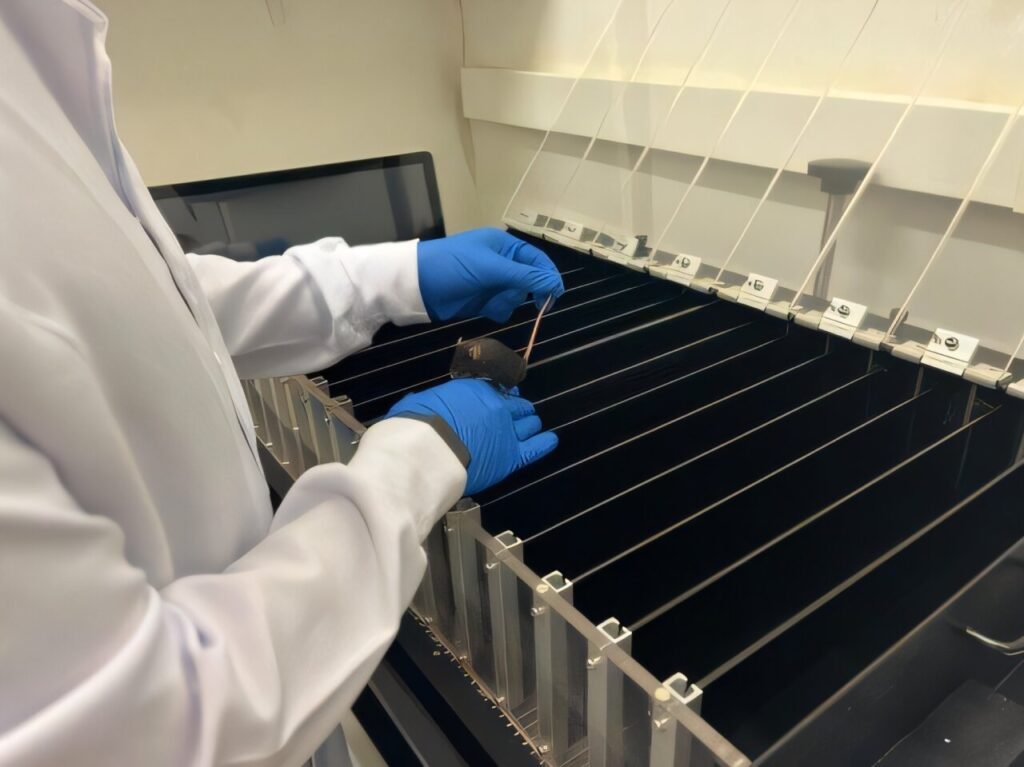Overtraining: The Hidden Dangers of Excessive Physical Exercise
Excessive physical exercise, especially without adequate rest, can have detrimental effects on the human body. In severe cases, it can lead to overtraining syndrome, which is characterized by a range of symptoms including decreased performance, chronic fatigue, muscle pain, increased injuries, and changes in the immune system and metabolism.
A recent study published in the journal Molecular Metabolism has shed light on the underlying cause of overtraining syndrome. Researchers from the State University of Campinas’s School of Applied Sciences (FCA-UNICAMP) in Brazil conducted experiments on mice and found that overexpression of the PARP1 protein in skeletal muscles was responsible for the symptoms associated with overtraining.
The PARP1 protein is activated in response to stress in the body, serving to prevent cell death. However, when overexpressed due to excessive exercise, it can lead to muscle damage and the onset of overtraining syndrome. The study, led by researcher Barbara Crisol as part of her doctoral studies, highlighted the role of PARP1 in the development of the syndrome.
One significant finding of the study was the potential use of a drug that inhibits PARP1 activity to prevent or treat overtraining. Mice treated with this drug did not experience performance decline or other symptoms when subjected to excessive exercise. While the drug, olaparib, is currently used in cancer treatment, the researchers are exploring natural compounds that could achieve similar effects without the side effects associated with olaparib.
In addition to the mouse studies, the research included a human component conducted at the Swedish School of Sport and Health Sciences. Volunteers underwent a high-intensity interval training routine to simulate overtraining, which resulted in decreased glucose tolerance, mitochondrial function, and physical performance. These findings were consistent with the mouse studies and further emphasized the role of PARP1 in muscle dysfunction.
The study’s lead researcher, Eduardo Ropelle, emphasized the importance of finding ways to prevent or mitigate the effects of overtraining, not only for athletes but also for non-athletes who may experience similar symptoms. By targeting the PARP1 protein, researchers hope to develop new treatments for overtraining syndrome and related muscle conditions.
Overall, the study represents a significant step forward in understanding the mechanisms behind overtraining syndrome and offers hope for new treatment options in the future. The integration of findings from both animal and human studies provides a comprehensive view of the impact of excessive exercise on the body and underscores the importance of balancing physical activity with adequate rest and recovery.


